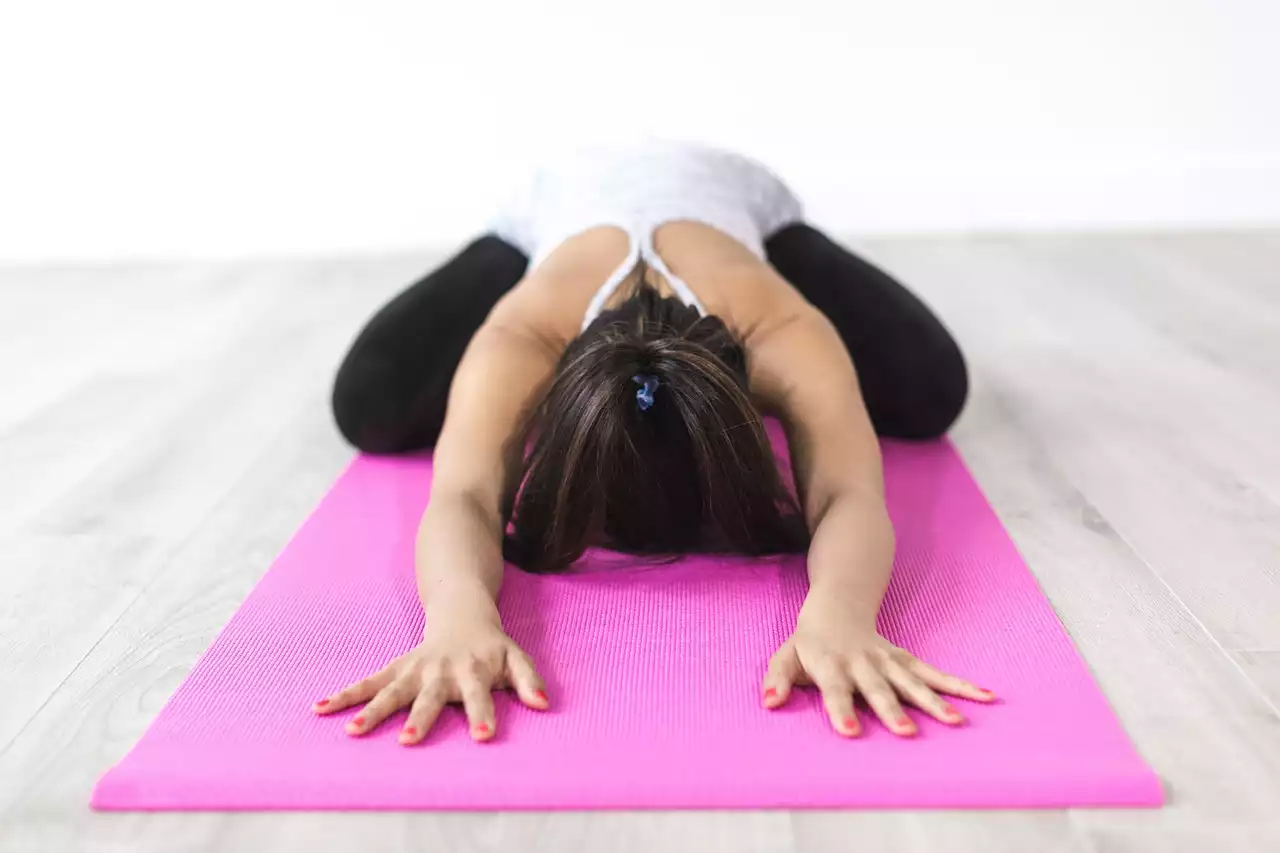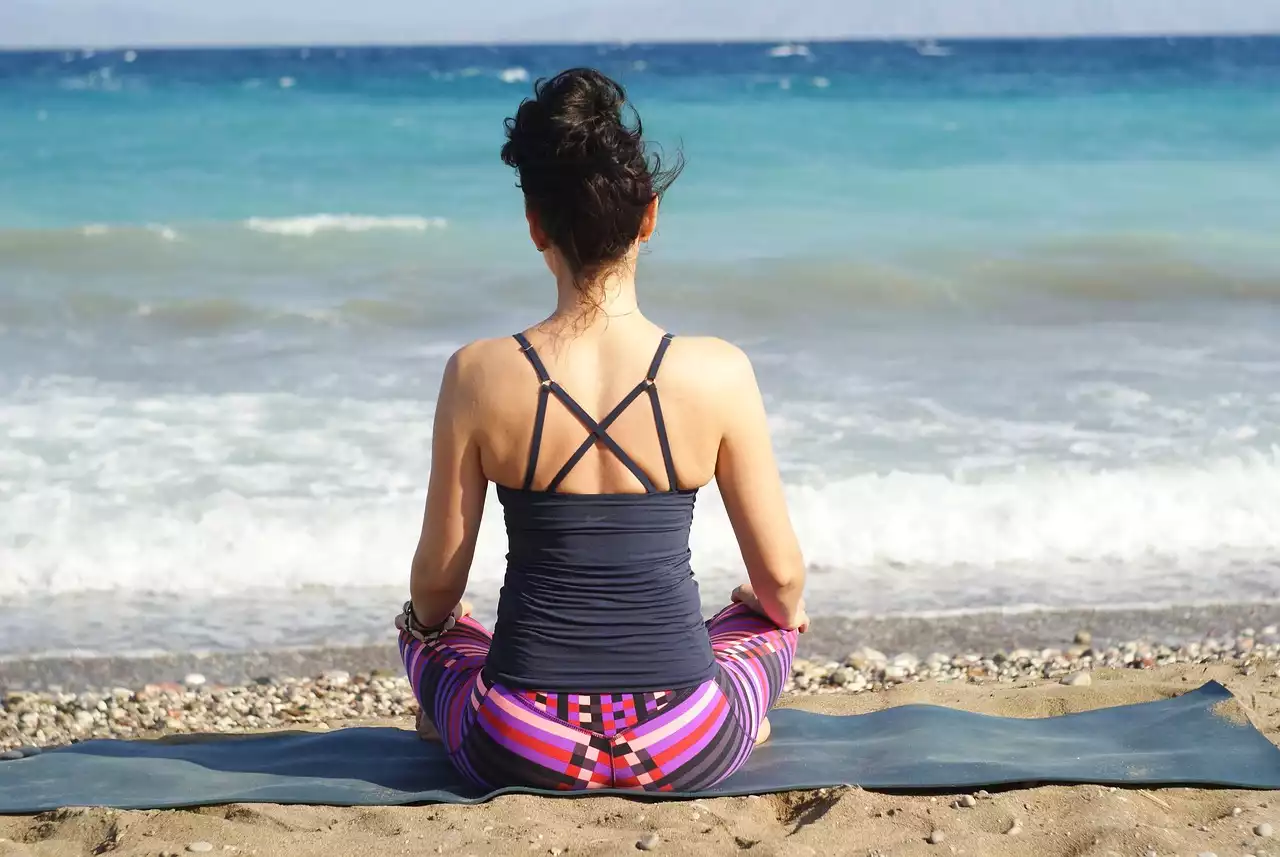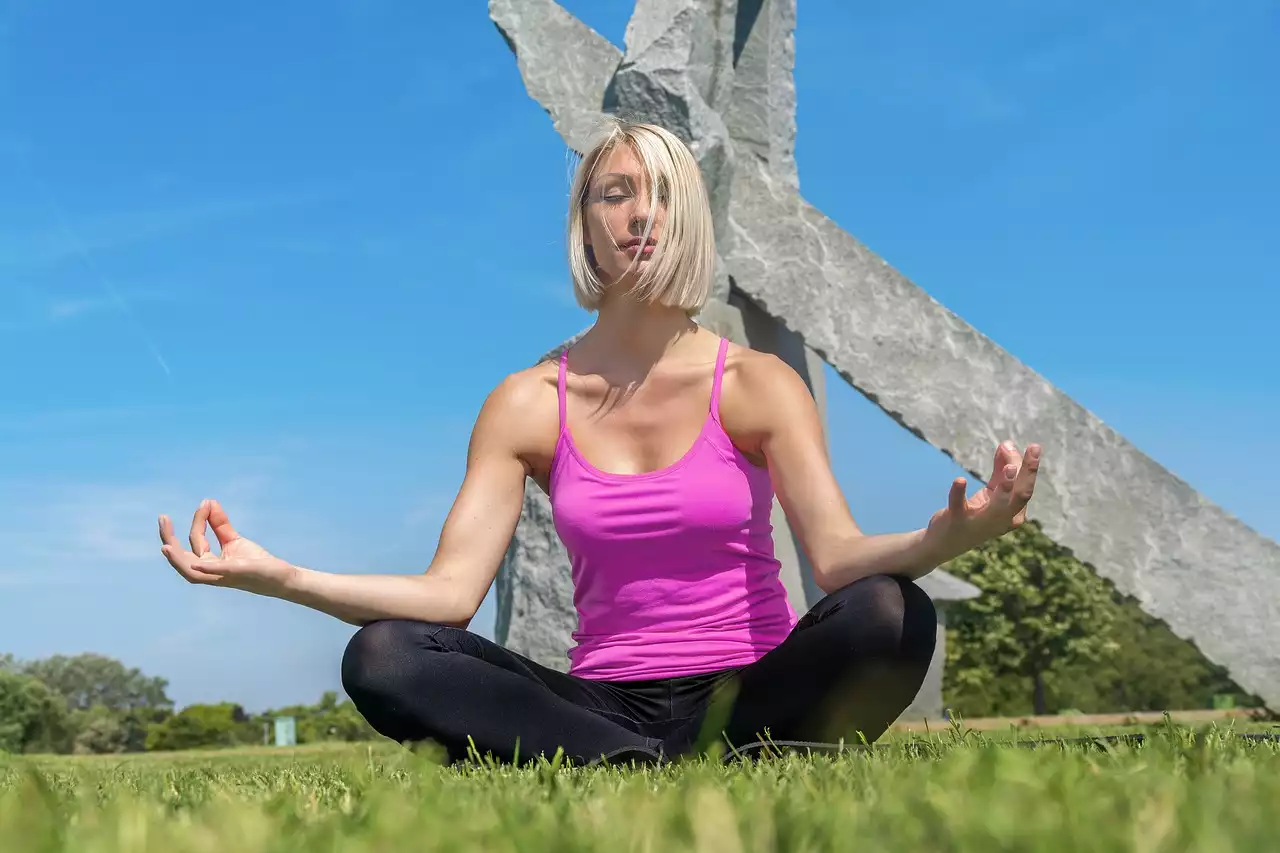Benefits of meditation and mindfulness
There are many benefits to meditation, and mindfulness is no exception. Some of the most well-known benefits of meditation and mindfulness include: Improved emotional health - Meditation and mindfulness are great ways to reduce stress and anxiety, both key emotional health issues. By learning to cope with these feelings and focus on what’s important, it’s much easier to keep a positive outlook and stay happy.
Reduced physical symptoms - Meditation can also help reduce the symptoms of chronic physical conditions, such as painful conditions or even allergies. By practicing mindfulness, you can train your brain to focus on the present moment and help reduce physical symptoms through distraction.
Improved focus and productivity - Finally, by letting go of distractions, it’s much easier to find focus and be productive in your daily life. Whether you’re looking to be more productive at work, or want to be a better parent, meditation is a great way to start.
The different types of meditation and mindfulness
There are many different types of meditation, each with its unique benefits. These include:
Body scan meditation - This type of meditation is great for beginners, as it helps you become more aware of your body and can be used to treat a range of health issues.
Heart rate meditation - Also known as HRV (heart rate variability) or breath-focused meditation, this type of meditation is great for reducing stress, managing emotions, and improving sleep.
Mantra meditation - This type of meditation uses a specific word or phrase to help create a positive state of mind. It’s often used as a type of self-love or affirmation.
Basic meditation and mindfulness techniques
The basics of meditation and mindfulness are very simple and can be practiced anywhere at any time. Here are some basic techniques to get you started:
Find a quiet space - The first step is to find a quiet space where you won’t be disturbed. This might be your bedroom or living room, or you could try practicing outdoors in a quiet park.
Find a comfortable position - Once you’ve found a good space, you can sit down in a comfortable position. This could be cross-legged, or with your legs outstretched.
Focus on your breathing - Once you’re in a comfortable position, you can focus on your breathing. This can be done either by counting your breaths or by simply focusing on each inhale and exhale.
Guided meditations
Once you’ve got the basics of meditation and mindfulness down, you can start to experiment with different types of guided meditations. These are ideal for beginners, as the driven nature of the meditation makes them easier to follow. There are a vast number of guided meditation and mindfulness audio tracks available on the internet, including apps such as Calm and Headspace. Some of these guided meditations can last as long as 30 minutes, but most are around 10 minutes, making them ideal for those who are just getting started.
Apps and websites to help beginners meditate and practice mindfulness
Several useful apps and websites can help beginners get started with meditation and mindfulness practice. These include:
Calm - This is one of the most popular mindfulness apps out there, and offers a range of guided meditations.
Headspace - Another popular app, Headspace offers a huge range of guided meditations, as well as information on mindfulness and breathing exercises. Insight Timer - Insight Timer is an online meditation app that offers an extensive library of free guided meditations.
Smiling Mind - Smiling Mind is a great online mindfulness program for kids, teens, and parents.
Tips and tricks for beginners
These tips and tricks can help you get the most out of your meditation and mindfulness practice.
Find a comfortable position - You want to be as relaxed as possible when you’re meditating, so find a comfy position that feels natural to you. Avoid slouching, though, as this could lead to back pain.
Don’t expect to see results instantly - As with everything in life, results take time. Don’t be discouraged if you don’t see immediate changes, as these can take time to manifest.
Focus on what’s important - During your meditation, try to keep your mind focused on what’s important in life. This can help you move away from distractions, and is a great way to spend time when you don’t have much to do.
How to create a consistent meditation and mindfulness practice
If you want to get the most out of meditation and mindfulness, you need to make consistently practice it. Here are some helpful suggestions on how to make this a reality.
Start small - There is no wrong way to start meditating and mindfulness, but you don’t want to bite off more than you can chew either. Start small and see how your body and mind react to the practice, then you can build on this as you progress.
Set a consistent time and place - If you want to be consistent with your meditation and mindfulness practice, you need to set a time and place for this. Ideally, you want to do this first thing in the morning, before you start your day, so you have time to relax after.
Find a quiet, comfortable place to meditate - You don’t want to be disturbed while you’re meditating, so find a quiet, comfortable place without too much distraction.
Best practices for beginners to get the most out of their practice
These best practices can help you get the most out of your meditation and mindfulness.
Focus on your breath - It might seem obvious, but you have to start somewhere. This can help you focus your mind and get into a meditative state much easier. Don’t focus on your thoughts - Although it can be tempting, don’t try to control your thoughts or focus on them during meditation. Let them come, let them go, and refocus on your breath whenever you can.
Don’t judge yourself - There is no right or wrong way to meditate, and you shouldn’t judge yourself if you can’t clear your mind straight away. Accept that this is a journey, and you will get there in time.










